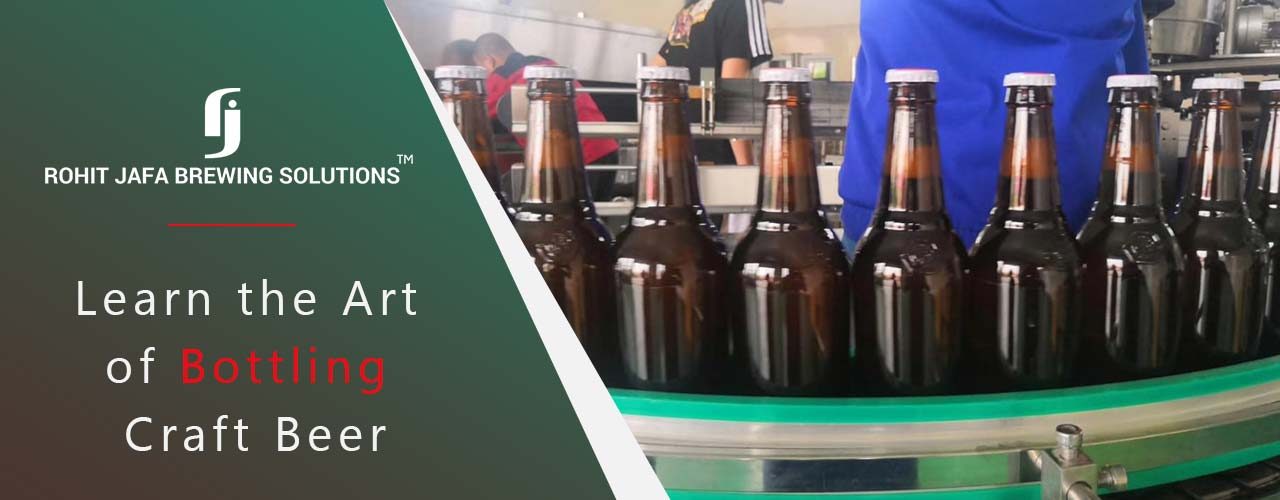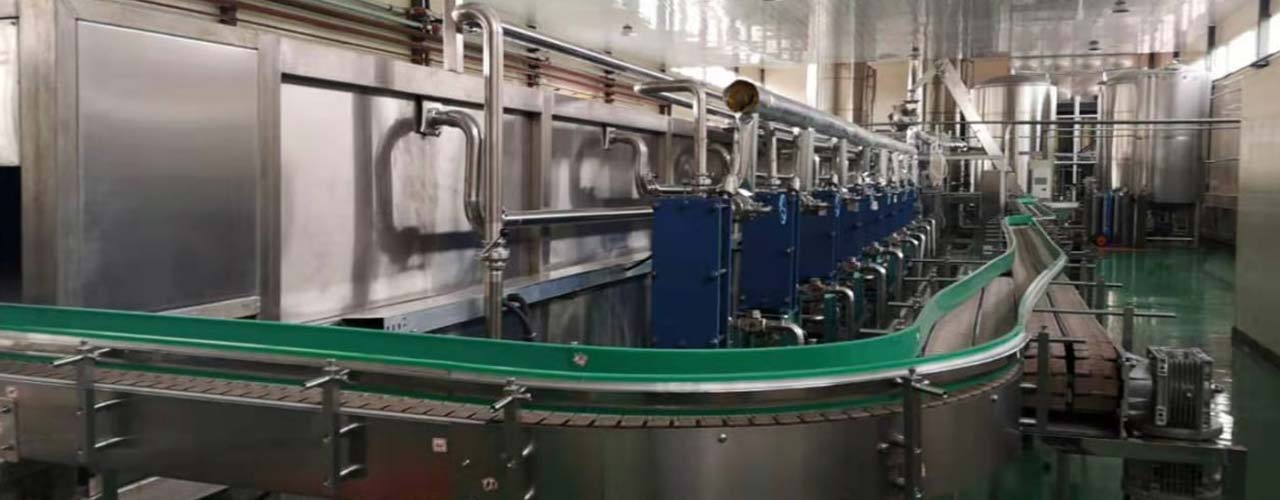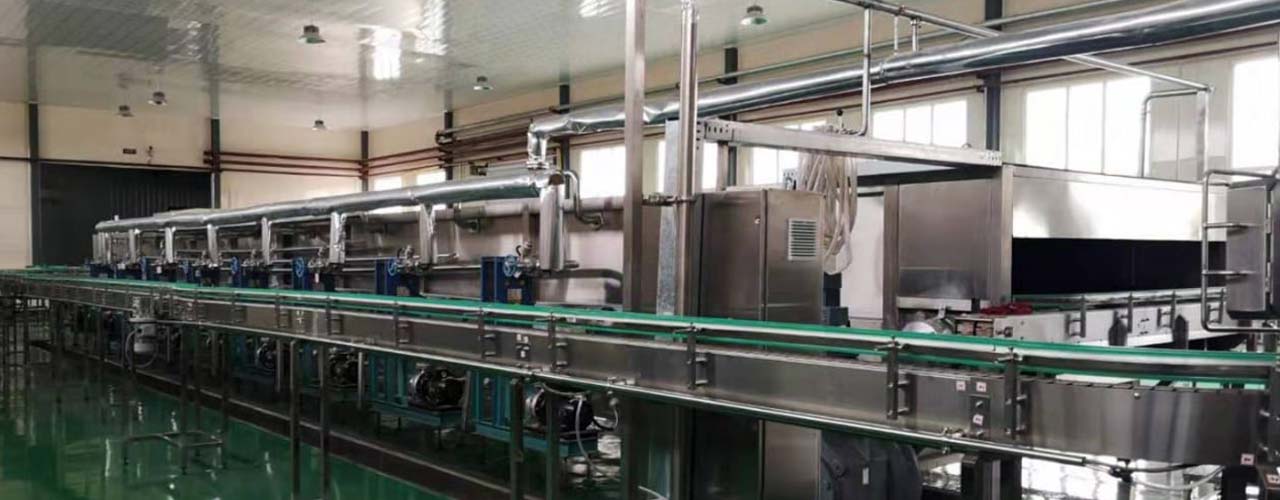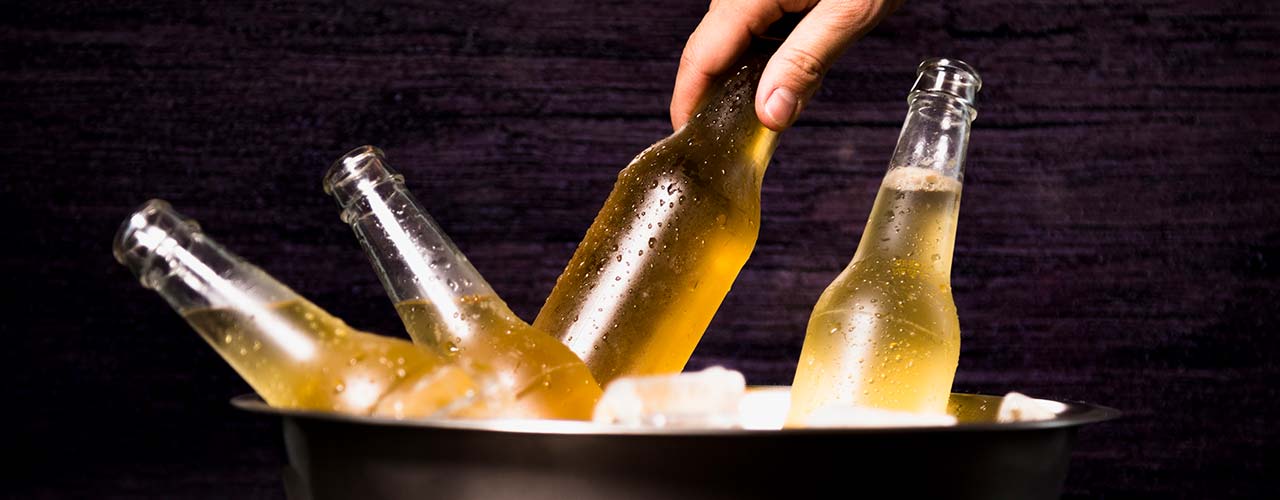In the second wave of growth of craft breweries in India, craft brewers are making their signature brews available to a larger audience by embracing bottling. Here, in this guide, we discuss all that you need to know about bottling your craft brews.
The Current Scenario for Bottled Craft Beer in India
Nearly half a dozen microbreweries in Bengaluru are planning to launch bottles of their craft beer to meet the rising demand for craft beers in the country. Right now, India has only a handful of craft breweries like – Bira, Simba and White Owl that sell craft beer in bottles. The rest of the breweries in the country manufacture small quantities of beer to be sold in taps and at their in-house restaurants and pubs.
To meet the rising consumer demands for packaged craft beer, Toit, a brewpub in Bengaluru is planning to set up a 4-acre bottling plant in the outskirts of Bengaluru. However, one major obstacle facing microbreweries are – restrictions and limitations. To give an example, the state government of Karnataka does not permit brewpubs to distribute beers brewed in-house. Additionally, brewpubs in the city can produce only 1000 liters per day.
Apart from the licensing and permits, craft breweries have to deal with other challenges while producing beer at a larger scale. Cold-chain supply infrastructure and short-shelf life of beer are some of the other major challenges faced by craft brewers when they distribute beers large scale.
With that said, there is a huge market demand for bottled craft beer in the country. And, when done right it could take your brewery to the next level, opening up newer channels of revenue.
If you decide that bottling beer is the next step to go for your craft brewery, here are a few key factors to consider and the major pitfalls to avoid.
Filling Bottles is vastly different from filling Kegs
Filling kegs is pretty straightforward. All you have to do is reach out to your preferred kegging equipment suppliers in India and get the required equipment and you’re good to go.
The kegging process is as follows: You draft your recipe, brew the beer, fill into kegs and sell it at your pub, in-house restaurant or sell it to other pubs. In this method, you make profits by selling your beer at retail counters, helping you grow your microbrewery.
What next?
If you decide that you want to bottle beer for distribution to various retail counters, then you need to start bottling the beer you produce. You have two options:
Option 1:
You can outsource your bottling to a contractor. Initially, the number of bottles is modest – around 500 to 1000 bottles at a time. In this case, it makes sense to outsource your bottling needs to a contractor instead of setting up a bottling plant in your premises.
In this case, you transport your kegs to the contractor. The contractor uses their machinery to fill up the beer from the kegs into bottles and transports the bottles back to your brewery. From the brewery, once the quality check is done, the bottles are distributed to various pubs, restaurants, and other retail counters.
Drawbacks of this method: While this method works initially, it’s more of a hassle, once the volume of your bottled beer increases. Additionally, you have to depend on the contractor to meet your supply demands.
This brings us to the next option.
Option 2: Set up an in-house bottling plant
Pros of this option: You can bottle the recipes as and when you finish the production. You don’t have to wait for the time it takes for your brew to reach the bottling plant and back. You are in complete control.
Cons: With that said, setting up an in-house bottling plant is expensive. Here are a few factors to keep in mind while deciding whether you should bottle-in-house or outsource the process.
- Evaluate your finances carefully. See if you have sufficient capital to invest in a bottling plant. If you don’t have the required capital, you can also take a business loan.
- Evaluate if you have the required human resources. Bottling needs additional staff. You may have to hire a couple of extra staff to help you out for the process.
- Next, calculate if there is a significant demand for your beer outside of your pub. Only go ahead with bottling, if you see market demand.
- Make a realistic budget – this should include all costs for setting up and operating the bottling plant.
- Do you have the space for the bottling plant? Remember that a bottling plant occupies space for all its accessories – a carbonating unit, labeling machine, extra pumps, packing and storing area and more.
- Finally, you’ll need to undergo training for the bottling process.
Bottling is a time-consuming and expensive process. But, once you figure it out, it’s a great way to boost your revenues. Alternatively, you can also use your bottling plant to bottle brew for other microbrewers for a cost. This provides you with an additional stream of income.
Here are a few commonly asked questions about Bottling:
1. Should I choose canning or bottling?
If you’re looking to preserve the high-quality brand image of your beer, then it’s highly recommended that you bottle it, instead of canning it. In India, most mass-produced beers are available in cans. So, make your beer stand out, by bottling it.
2. Can I bottle my beer in a PET bottle instead of a glass bottle?
Technically yes. You can use your in-house bottling plant to fill your brew in PET multi-layer bottles. However, we urge you to consider the environment and opt for eco-friendly glass bottles that can be recycled. Additionally, using eco-friendly packaging improves your brand image among today’s consumers.
Hope this guide serves as a starting point for all your bottling queries. If you have any more doubts or need finding the right bottling and canning equipment suppliers in India, reach out to our team.
Meantime, Cheers till we see you in the next article.






